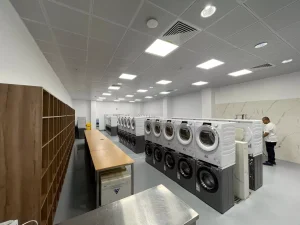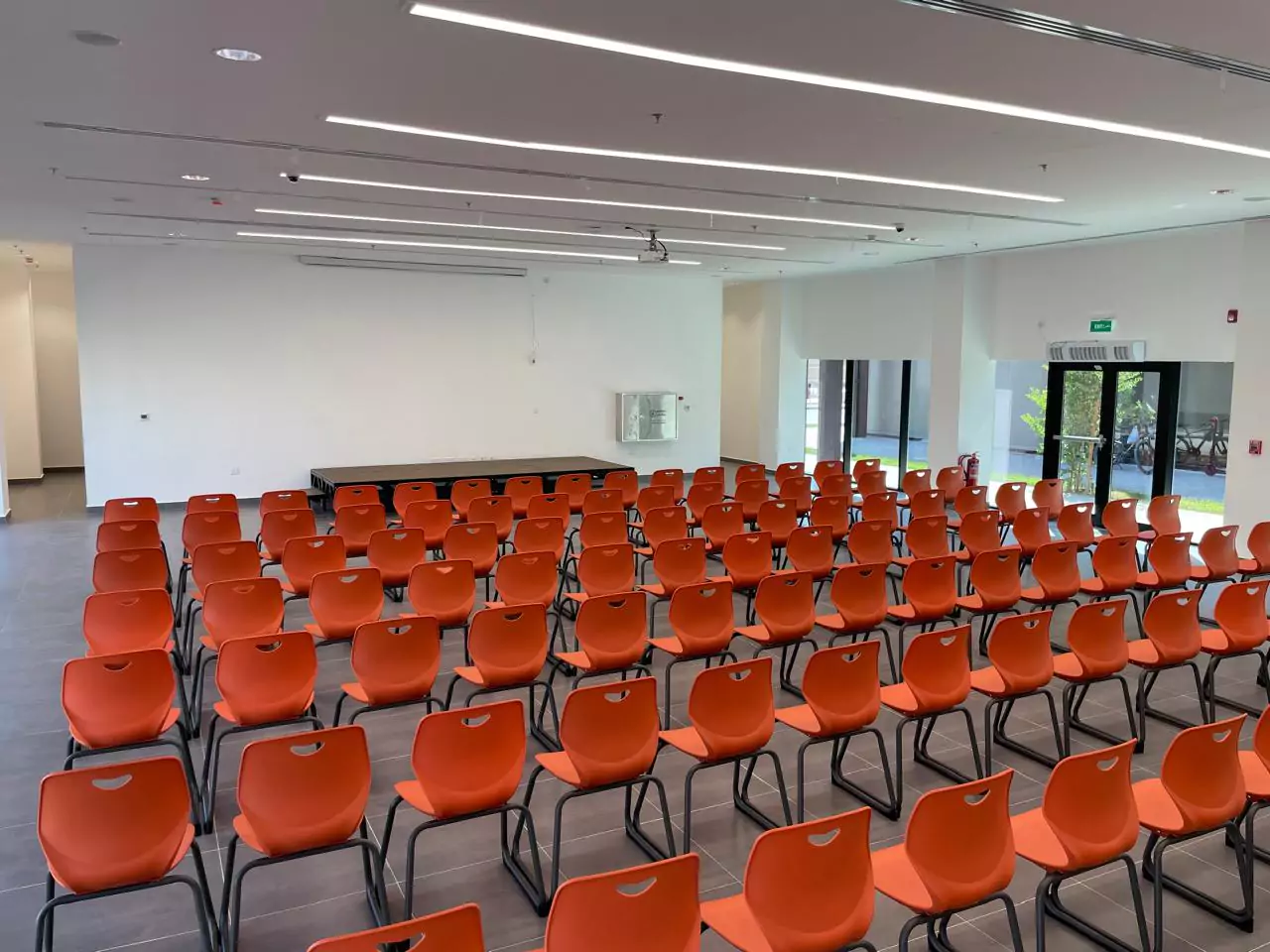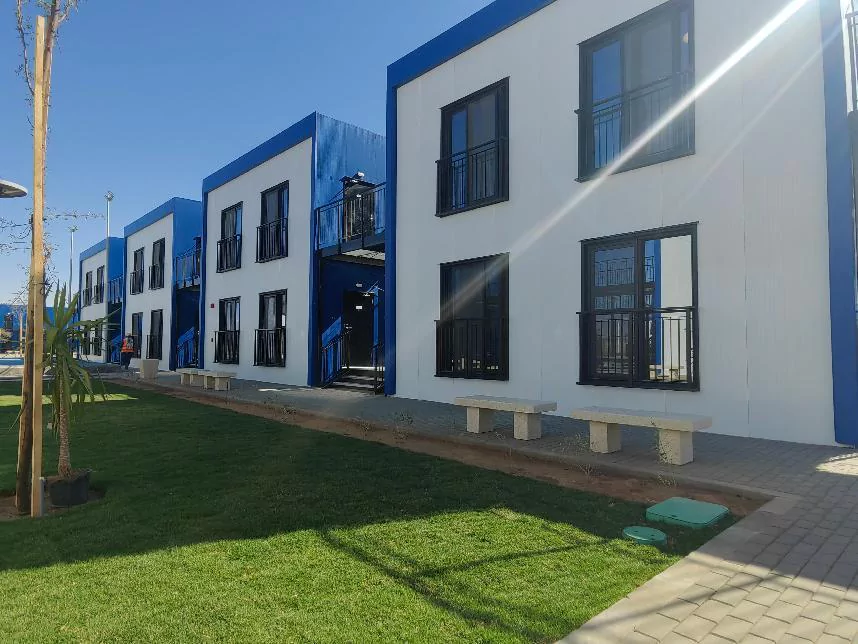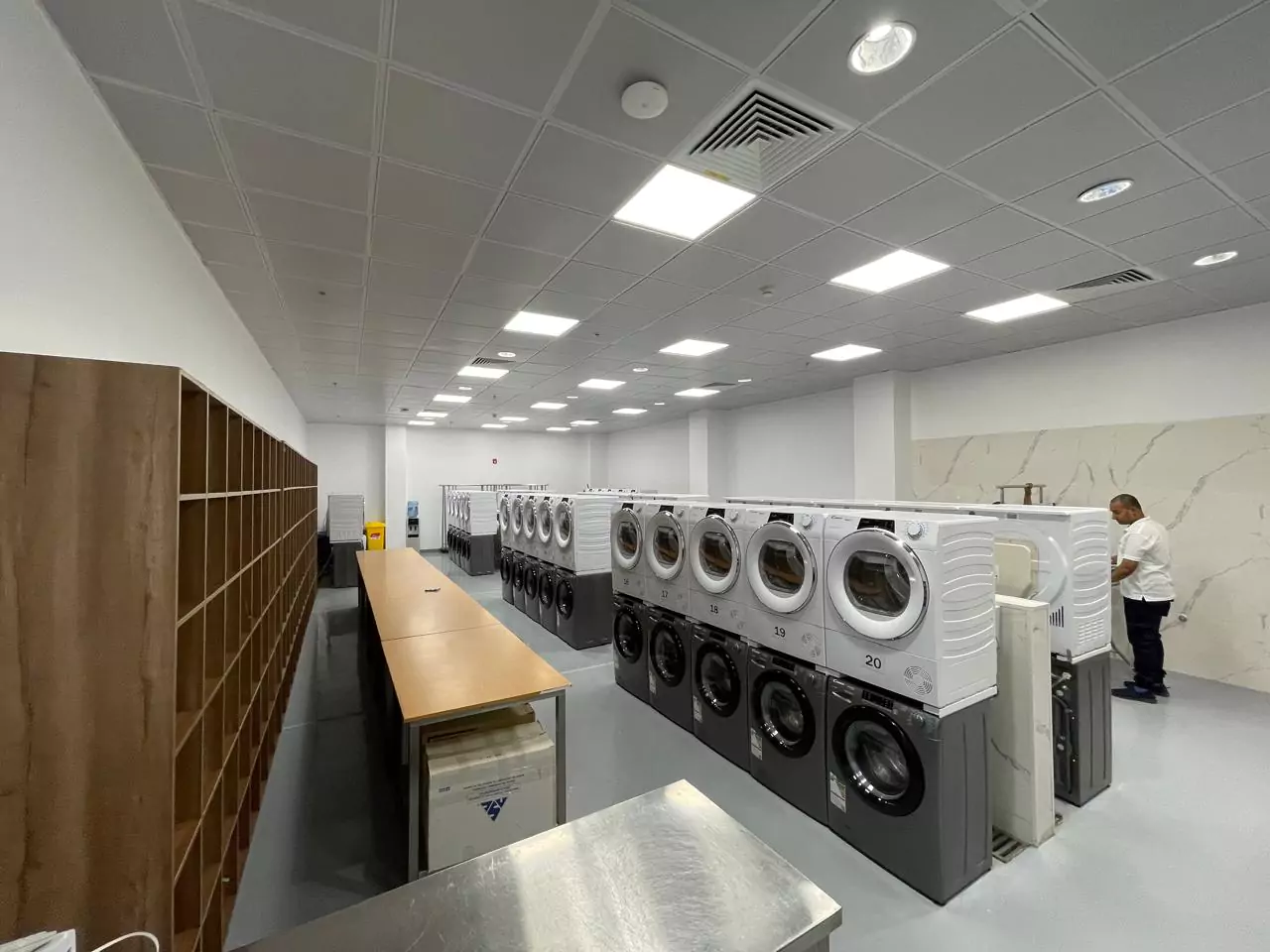Debunking Modular Construction Myths: What Experts Need to Know
Debunking Modular Construction Myths: What Experts Need to Know
In the realm of construction projects within manufacturing processes, the creation of components transpires in a factory setting before being transported to the designated site for assembly purposes. This approach not only guarantees superior quality and swift construction while requiring minimal equipment but also allows for customization options and seamless integration, with pre-existing infrastructure.
The Basics of Modular Construction
Modular construction revolutionizes the building process by drawing inspiration from the assembly line methods used in manufacturing automobiles. Homes are constructed like cars in this approach! It involves utilizing factory-made components like houses and integrated parts such as walls and panels that are put together onsite using established connection techniques like columns and stairs along, with fully furnished kitchen and bathroom modules aiming to reduce construction time and waste production significantly.
Comparison with Traditional Construction Methods
In building practices everything progresses at its own pace and weather conditions can be a hindrance to the timeline; however, with modular construction, a cohesive approach is taken where modules are prefabricated in a factory and then brought to the construction site for assembly onsite resulting in faster project completion, with improved quality control leading to timely delivery and enhanced quality assurance of projects.
The Evolution of Modular Construction
Historical Development and Milestones
Over the years and through milestones of progress in construction methods, the idea of modular building has transformed greatly. Initially employed for purposes it has now developed into constructing permanent buildings with intricate designs.
Technological Advancements in Modular Construction
In the realm of construction progressions, technology has been instrumental! Precise manufacturing methods and eco-friendly materials have amped up the effectiveness and allure of structures.
Myth: Modular Construction is Inferior in Quality
Many people mistakenly believe that modular buildings are inferior in quality when compared to constructions; however, this assumption does not withstand close examination.
Exploring Quality Standards in Modular Building
Materials and Manufacturing Processes
The use of integrated construction guarantees the utilization of premium materials at every stage of production with components manufactured under rigorous quality checks that match or surpass those, in conventional construction practices.
Compliance with Industry Regulations and Standards
Modular constructions follow industry guidelines and rules for safety and compliance purposes with thorough testing to dispel any misconceptions about their quality.
The Case for Durability and Longevity in Modular Structures
There are plenty of instances of constructions that have proven their worth, over the years surpassing expectations in terms of strength and lasting power.
Myth: Limited Design Flexibility in Modular Construction
Some people believe the misconception that modular construction doesn’t allow for design options; however, in reality, this approach provides a variety of customization possibilities.
Customization Options in Modular Design
Architectural Innovations and Aesthetic Choices
Architectural designers can utilize integrated construction to craft creative designs with a variety of aesthetic options offering the flexibility to tailor unique architectural styles to meet client preferences.
Integration with Existing Structures and Environments
Modular components have the flexibility to blend smoothly with frameworks or adjust to different surroundings in a way that highlights their adaptability in design scenarios.
GS Housing’s Approach to Design Flexibility
GS Housing showcases the versatility and creativity of construction providing customized designs that meet unique specifications without compromising on quality or efficiency.
To grasp the intricacies of construction is to recognize its ability to revolutionize contemporary construction methods and debunk prevalent misconceptions surrounding it.
Myth: Modular Construction is More Expensive
Cost Analysis of Modular vs. Traditional Construction
It’s commonly noted by a lot of people that modular construction is seen as pricier than building methods when you take a close look at the costs involved in the whole process. When considering the expenses for construction, it’s important to think about both the upfront costs and the potential savings in the long run. Although the initial construction cost might seem higher at first because of being built in a factory and transported to the site. This increased expense is balanced out by savings in other areas over time.
Breakdown of Initial Investment vs. Long-term Savings
Constructing buildings involves creating them in separate components for transportation purposes and this may increase costs initially due to transportation expenses. It is compensated by reduced labor costs and faster completion times which also results in less wastage of materials. Moreover, energy efficiency and low maintenance benefits of buildings contribute to substantial cost savings in the long run as they ensure efficient energy consumption and require less maintenance over time.
Factors Influencing Cost Efficiency
The economic feasibility of construction is supported by various factors such as economies of scale in manufacturing processes leading to faster construction timelines and enhanced quality control that reduces the need for repairs and fixes.
GS Housing’s Competitive Pricing Strategies
GS Housing utilizes pricing strategies to ensure that modular construction remains a viable choice while upholding standards of excellence and creativity, in their offerings. They ensure affordability by optimizing their production processes and leveraging discounts from buying materials in quantities.
Myth: The Environmental Impact of Modular Construction is Negligible
Sustainability in the Manufacturing Process
Many people believe that modular construction affects the environment; however, sustainability plays a significant role in this method.
Reduction of Waste and Resource Optimization
Using modular construction significantly reduces waste by utilizing manufacturing techniques and efficiently optimizing resources to minimize material wastage during component production compared to traditional construction methods.
Energy-efficient Practices in Production
The production of units incorporates energy techniques to further enhance their sustainability features successfully as factories utilize advanced technologies to minimize energy consumption during manufacturing processes.
GS Housing’s Commitment to Eco-friendly Practices
GS Housing shows a dedication to environmentally friendly practices by incorporating sustainable materials and methods into their projects showcasing their commitment to minimizing environmental impact in line with worldwide initiatives for more sustainable building solutions.
Myth: Limited Application Scope of Modular Construction
Versatility Across Various Sectors
Modular construction is often underestimated in its versatility across industries despite common misconceptions about its limitations.
Residential, Commercial, and Industrial Applications
Modular integrated construction is commonly used in areas as well as in commercial and industrial settings due to its versatility in meeting specific requirements within these fields.
Expansion into Healthcare, Education, and Hospitality Sectors
The growth opportunities reach into healthcare facilities, schools and hotels where modular solutions can be tailored to meet a variety of needs.
GS Housing’s Portfolio Demonstrating Diverse Applications
GS Housing boasts a portfolio showcasing its knack for creating cutting-edge structures for various purposes and industries all the while upholding strict quality standards from the initial design phase to the project completion stage.
Prev:Smart Tips To Reduce Your Costs By Container Houses
Next:Prefab Homes: Analyzing Their Role in the Future of Housing








